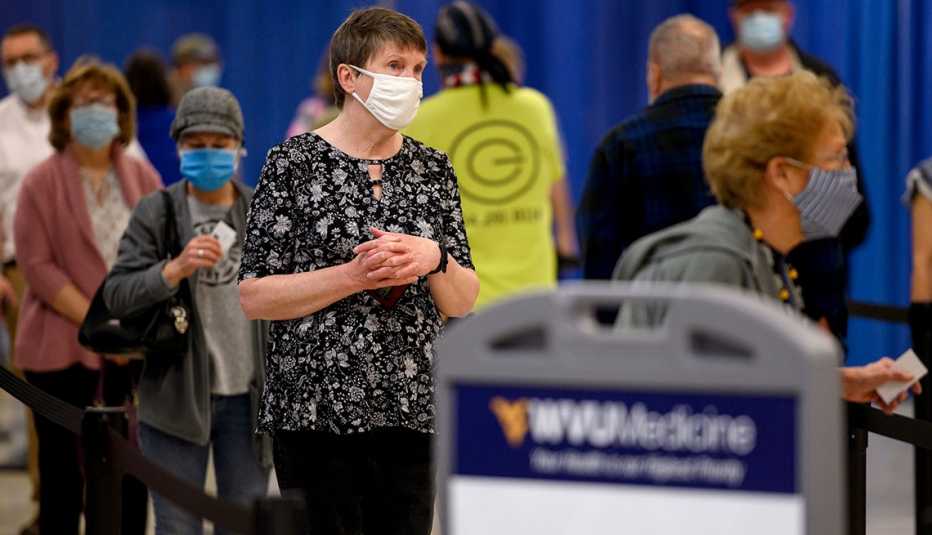AARP Hearing Center


Beginning April 19, President Biden wants all Americans age 18 and over to be eligible for a COVID-19 vaccine. That means the priority the government has placed on getting shots in the arms of older adults is ending.
As of April 13, more than 79 percent of adults age 65 and over had received at least one vaccine dose and nearly 63 percent were fully vaccinated, according to data from the Centers for Disease Control and Prevention (CDC). Among adults ages 50 to 64, just over 53 percent had gotten at least one dose and nearly 29 percent were fully vaccinated.
“I think it’s important to get as many people vaccinated as quickly as possible,” especially given concerns about cases surging in various areas of the country, says Bruce Hirsch, an infectious disease specialist and attending physician with Northwell Health, the largest health care system in New York.
Older Americans have been a priority
When the U.S. Food and Drug Administration (FDA) gave the Pfizer-BioNTech and Moderna vaccines emergency use authorization in December, a CDC advisory panel established priority categories for people to be eligible for what was initially a very limited supply of vaccine. Americans age 65 and over were categorized as a high priority. First responders, health care workers and people with certain underlying health conditions were also prioritized.
Although some states have already opened up vaccine eligibility to all adults, until April 19 older adults will still have priority in many. AARP has created individual state vaccine guides with links to where people can sign up online for a shot and information about vaccines available through pharmacies or federal and state mass vaccination sites. The Pfizer-BioNTech vaccine is available for people age 16 and older, and the Moderna vaccine is open to people 18 and older.
After the priority categories are lifted, more people will be competing for available doses, although federal officials say that the availability of vaccine has been rapidly increasing and that by the end of May there will be enough product available for every American who wants a shot. In the wake of the pause in the use of the Johnson & Johnson vaccine, Biden reiterated that there would be ample doses of the Moderna and Pfizer-BioNTech vaccines to inoculate all adult Americans by the end of next month.

































































More on health
You were supposed to get a COVID-19 vaccine from J&J. Now what?
Health officials are scrambling to reschedule appointments
Help Is Out There: Online Resources to Schedule a COVID-19 Vaccine Appointment
Volunteers direct those who want a shot to the places they can get one